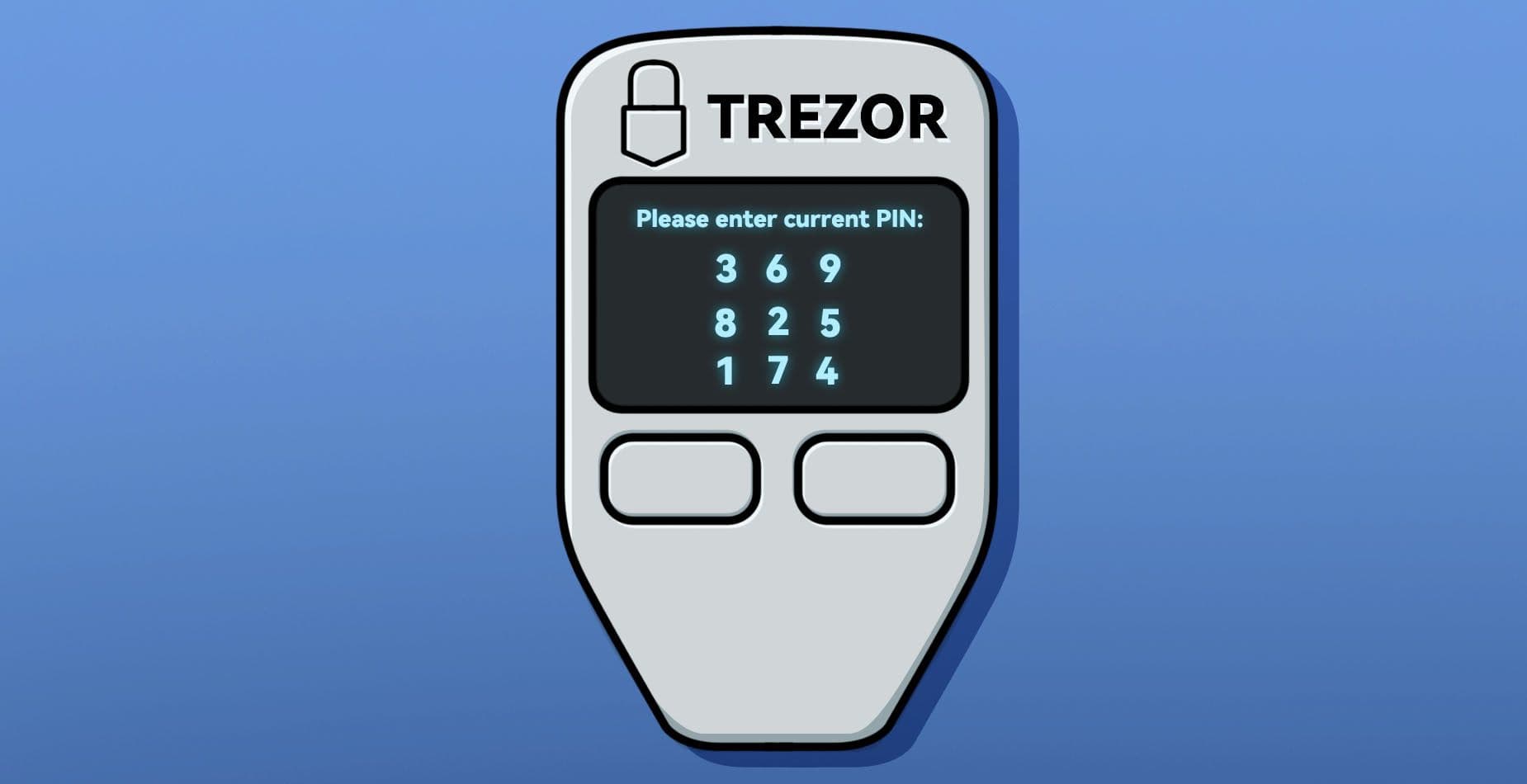Armory Wallet is a popular choice among security-conscious Bitcoin users due to its advanced features, though these same features can occasionally lead to complications during the backup and recovery process. This troubleshooting guide covers common issues you might encounter with your Armory wallet and provides solutions to help you regain access to your funds.
Issues with Armory Wallet Recovery
Armory’s security measures, such as SecurePrint codes and fragmented backups, provide strong protection but can also create challenges during recovery. The following sections detail some typical issues and solutions.
Lost Armory Wallet Passphrase
Losing your wallet passphrase can prevent you from sending transactions, changing the passphrase or exporting private keys. Armory does not provide any method to reset or recover a lost password. If you still have a backup of your root key, whether digital or on paper, you can restore your wallet and set a new passphrase. Simply follow the standard Armory restore process using your backup, and when prompted, you will be able to create a new passphrase.
If you do not have a backup of your root key, recovering your wallet without the passphrase is technically possible but challenging due to Armory's strong encryption. In this case, professional assistance from a wallet recovery service like ReWallet might be your best option.
Lost Armory SecurePrint Key or Missing Characters
In the case of a lost SecurePrint code, which is essential to decrypt the root key, try recalling where you may have stored it. Double-check any notes, digital files, or physical spaces where you normally keep sensitive information. If you’re unable to retrieve it but still have a digital backup or fragmented backups that don’t require SecurePrint, you can use those alternatives to restore the wallet.
If certain characters are missing from your SecurePrint code, closely examine your paper backup for any faded or smudged characters. If neither solution is viable and you have no other backups, consider consulting a recovery service like ReWallet for assistance in reconstructing missing information.
Lost Armory Wallet File
Losing your digital wallet file (.wallet) means you won’t be able to access your wallet directly through Armory unless you have another backup available. If this happens, try restoring your wallet using a single-sheet paper backup or any fragmented backups you may have.
Additionally, it might be a good idea to check any external drives, cloud storage or email accounts where you might have stored a digital backup file. Look specifically for files with the .wallet extension.
Corrupt Armory Wallet File
A corrupted wallet file may cause Armory to crash or prevent the wallet from loading. To address this, start by attempting to restore the wallet from an alternative backup, such as a paper or digital backup, to generate a new wallet file within Armory. If you have no other backups and the wallet file remains inaccessible, rebuilding Armory’s database may resolve minor corruptions.
Can’t Send Transaction (Error When Sending/Missing Sync)
If you are unable to send transactions due to errors or because Armory isn’t synced with the Bitcoin network, there are several steps you can take to resolve the issue.
First, confirm that Bitcoin Core (formerly Bitcoin-Qt), which Armory relies on for blockchain data, is fully synchronized with the network. If Bitcoin Core is in sync but the issue continues, you can try rebuilding Armory’s database. In Armory, go to Help > Rebuild and Rescan Databases and allow the process to complete. Using updated software is also critical, so ensure both Armory and Bitcoin Core are running the latest versions available to avoid compatibility problems.
If Armory provides specific error messages during the transaction attempt, these may offer additional clues. Common errors could relate to transaction fee settings or network connectivity.
Next Steps If Armory Recovery Fails
Restoring an Armory wallet can be straightforward if you have the necessary backups and information, but complications such as passphrases not working or corrupted files can occur. If you run into problems, ReWallet’s specialized recovery services are here to address challenging wallet access scenarios.






